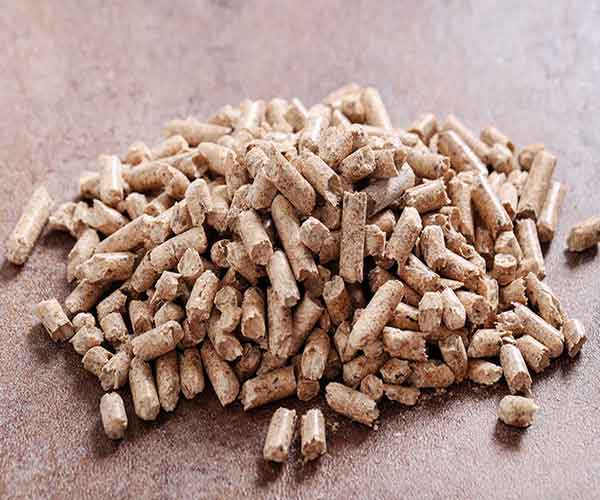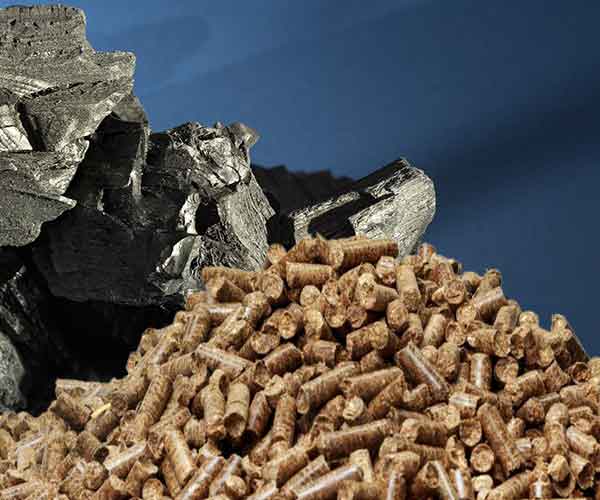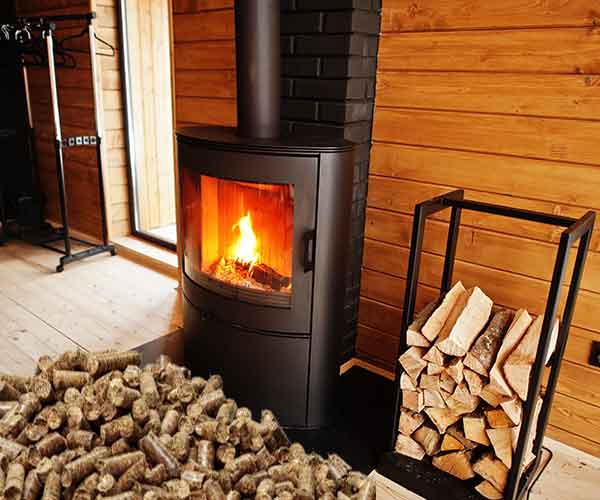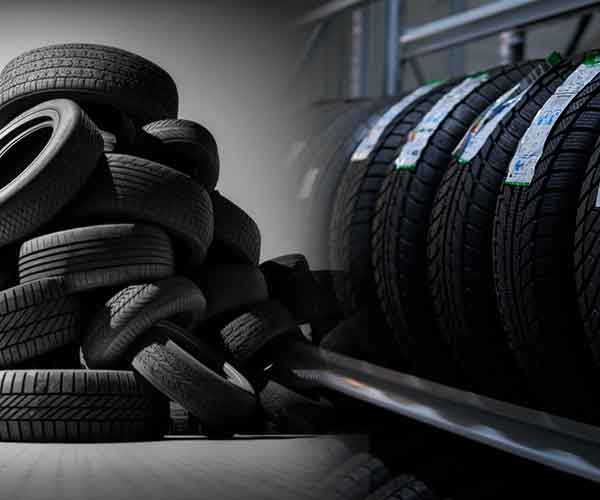Products Range
Coconut
Shell Powder
Coconut shell powder is a versatile and sustainable material derived from the outer shell of coconuts. It is produced by finely grinding dried coconut shells into a fine powder, which can be used for various applications across multiple industries.
One of the primary uses of coconut shell powder is in the manufacturing of industrial products. Due to its high lignin content and abrasive nature, coconut shell powder is utilized as a raw material in the production of abrasives, such as polishing compounds, abrasive papers, and abrasive wheels. Its hardness and durability make it an excellent alternative to synthetic abrasives, while its natural origin aligns with eco-friendly manufacturing practices.


Fuel Pellets
Biomass
Fuel pellets made from biomass, such as wood, agricultural residues, or other organic materials, offer a sustainable and renewable energy source with numerous environmental benefits. These pellets are produced through a process called pelletization, where biomass materials are compressed into small, dense pellets without the use of binders or additives.
One of the key advantages of biomass fuel pellets is their renewable nature. Unlike finite fossil fuels, biomass resources can be replenished through sustainable forestry practices, crop cultivation, and waste management. This makes biomass pellets an attractive option for reducing dependence on non-renewable energy sources and mitigating greenhouse gas emissions.
Coal & Biomasss
Testing Labs
A Coal and Biomass Testing Lab serves as a critical facility for assessing the quality, composition, and properties of these two distinct types of fuel sources.
In such a laboratory, a range of tests and analyses are conducted to evaluate the characteristics of coal and biomass samples. These tests typically include proximate analysis to determine parameters such as moisture content, volatile matter, fixed carbon, and ash content. Ultimate analysis is also carried out to ascertain the elemental composition, including carbon, hydrogen, nitrogen, sulfur, and oxygen content. These analyses provide crucial insights into the energy potential, combustion behavior, and environmental impact of the fuels.
Moreover, specialized tests may be conducted to assess additional properties such as calorific value, particle size distribution, bulk density, and thermal stability. These parameters are essential for understanding the suitability of coal and biomass for various industrial applications, including power generation, heating, and biomass conversion processes.


Pellet Furnace
Envourment FreindlyA pellet furnace, also known as a pellet stove or pellet heater, is a type of heating appliance that burns biomass pellets as a fuel source to generate heat for residential or commercial spaces. These furnaces are designed to efficiently and cleanly combust compressed biomass pellets, typically made from wood, agricultural residues, or other organic materials. Pellet furnaces consist of a combustion chamber where the pellets are burned, along with a mechanism for delivering pellets into the chamber and a system for controlling airflow and heat output. Some pellet furnaces feature automatic ignition and programmable controls for convenient operation and temperature regulation. One of the key advantages of pellet furnaces is their high efficiency. Biomass pellets have a consistent size and moisture content, allowing for precise combustion control and optimized heat output. This results in lower fuel consumption and reduced emissions compared to traditional wood stoves or fossil fuel-based heating systems.
Resole Old Tyres
Resoling old tires, also known as tire retreading, is a sustainable practice aimed at extending the lifespan of tires and reducing waste in the automotive industry. Retreading involves replacing the worn-out tread of a tire with a new tread, while the tire casing or body is inspected, repaired if necessary, and reused. This process helps to restore the functionality and performance of tires, making them suitable for continued use. The resoling process typically begins with the careful inspection of the tire casing to identify any damage or defects that may affect its integrity. Any necessary repairs, such as patching punctures or reinforcing weak spots, are carried out to ensure the structural soundness of the casing. Next, the old tread is removed from the tire using specialized equipment, leaving the casing ready for the application of a new tread.

Resole Tyres
Retreading All Type Commercial Tyres
recently a new technology has been developed called “Precured Tread Rubber Retreading Process” which is commonly known as “Cold Process Retreading”. In this process, the Precured Tread Rubber already has a tread pattern on it eliminating the need for a tread matrix at vulcanizing stage.

Commercial Tyre Retreading
Commercial vehicle Retreaded tyres are made to the same exacting standards as new ones and are widely used on aircraft as well as trucks and buses.

Guaranteed Service
Tyre design must achieve a fine balance between multiple performance parameters. like, increasing tyre abrasion resistance reduces wet grip, a key contributor to road safety.

Tyre Use /Care
A technology deployment is needed to enable improved road safety and reduced environmental impact.

